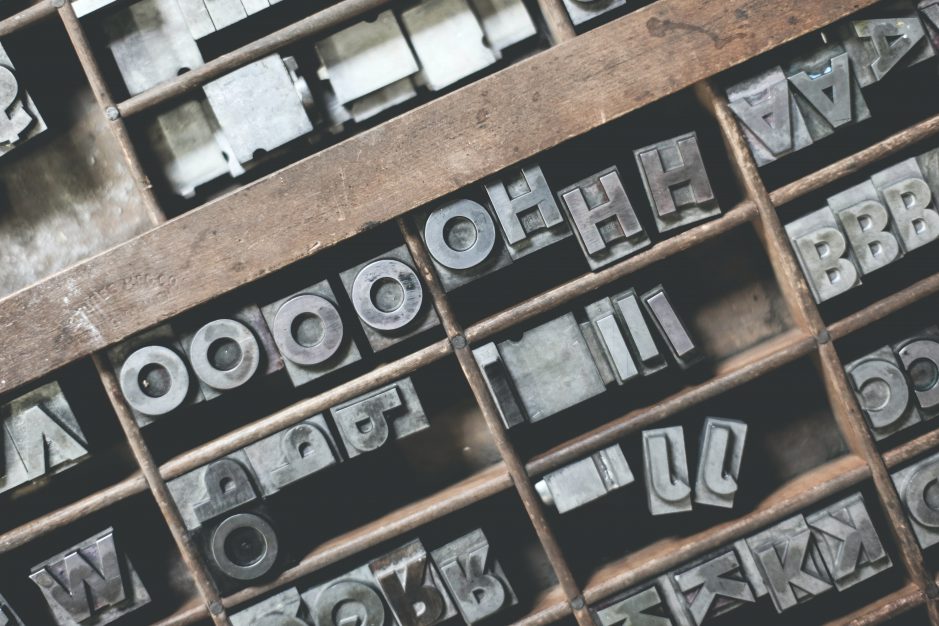I’ve been using the Enneagram to type my characters for nearly a decade. It’s a fantastic way to ensure my characters are believable, and act like real people … while allowing me to identify realistic fears, backstories, and behavior patterns for them.
I learned a few years back that Theresa Rebeck uses the Enneagram, too, when she mentioned it on Twitter.
If you’re not familiar with the Enneagram, it’s a system of personality typing that describes patterns in how people interpret the world and manage their emotions. The system describes nine different personality types and maps each of these types on a nine-pointed diagram which helps to illustrate how the types relate to one another. The name Enneagram comes from the Greek: Ennea is the Greek word for nine and Gramma means something that’s drawn or written.
It is ideal for creating dramatic characters because some types will be immediately in conflict with others: the battle between Stanley Kowalski and Blanche DuBois in “A Streetcar Named Desire,” for example, is a natural conflict between an (unhealthy) Eight and an (unhealthy) Four. Elwood P. Dowd in “Harvey” is a Nine. Javert in “Les Miserables” is a One. Knowing these types allows the writer to make the actions of the characters completely motivated and plausible, and allows the writer to select opposing types that will create the most potential conflict.
More in Part 2.
